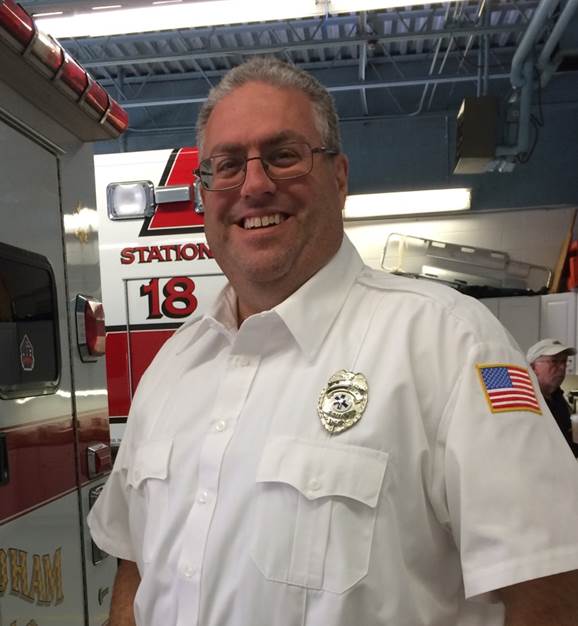|
Having just wrapped up the third exam, it feels like a great weight has been lifted from my shoulders. With a little more than a 40 hours remaining (a month of weekends, in my case), the end of the EMT coursework is within sight. Most of our remaining classes are really going to be review, helping us to fine tune our skills at patient assessment and interventions for both trauma and medical emergencies. In talking with some of my fellow students, everyone seems to be more comfortable than we were just a few weeks ago, having recognized that by breaking down how to approach patient care in to a logical and consistent manner, we've grown both comfortable and confident in our own skills and ability to handle many different situations. Of course, the instructors aren't going to just make it easy for us. The scenarios and situations they're starting to give us are more complex, often involving a mix of injuries and medical conditions, and requiring us to build upon our index of suspicion skills and determine which are serious life threats to be dealt with quickly, and which ones could have little or nothing to do with the situation at hand. For example, just because a patient presents with high blood pressure and is known to be diabetic doesn't necessarily mean that either of these two conditions are linked to an underlying issue that we must treat. Where our initial scenarios were clearly set up so we could demonstrate an understanding of diabetic emergencies (and associated treatment options), instructors now want us to be able to treat our patients holistically, and not get overly focused on one specific piece of information at the expense of something more critical. And I got a real-life lesson in this just the other week.... We were dispatched to a local resident for a fall. Upon arrival, we found our patient sitting up, alert and communicating to us. Their friend indicated to me that our patient didn't exactly fall, but rather slowly slid to the ground and hit their emergency alert button (the "Help, I've fallen and can't get up" kind) before they (the friend) was able to help our patient back to their feet.
Normally, with no loss of consciousness, a soft landing on carpet from a standing position, and no other reported aches or pains, our patient could be well within their legal rights to decline further care (what we term an RMA - Refused Medical Attention). It was only when helping our patient remove their sweater so they could get more comfortable, did we noticed a laceration on their arm, one that required bandaging and possibly more care. The EMT course teaches us that we have options as to whether to conduct a focused or detailed exam of our patients, based on the signs and symptoms being presented. In this case, the age of our patient (elderly) and their overall physical condition (i.e. paper-thin skin) contributed to a secondary injury that could have easily gone unnoticed if we had gotten overly focused on the (lack of) signs and symptoms for neck and back pain (along with loss of consciousness) typically associated with a fall. And this actually brings me around to some of the materials we'll be covering in class next, namely caring for geriatric and pediatric patients, who present EMTs with additional challenges over their own, be in a decreased sensitivity to pain, or under-developed musculature and skeletal systems. But that's for next week. Right now, I'm still kinda celebrating the fact that all these EMT skills are starting to feel natural to me.
0 Comments
Your comment will be posted after it is approved.
Leave a Reply. |
AuthorJon Alperin, one of our MFAS volunteers, shares his journey to becoming an NJ certified EMT. from the Start
Here is Jon's journey, presented in time order:
Archives
June 2016
Categories
All
|


 RSS Feed
RSS Feed
